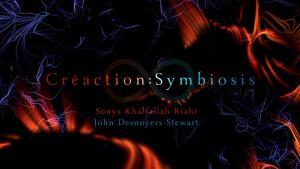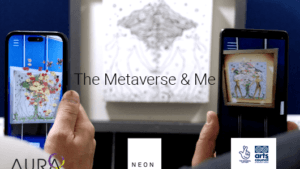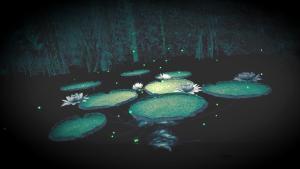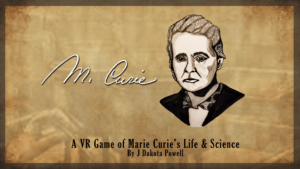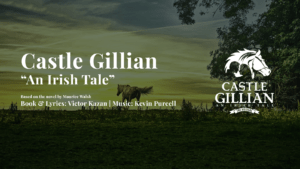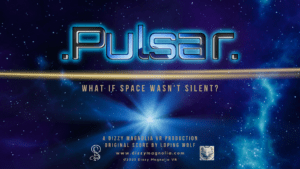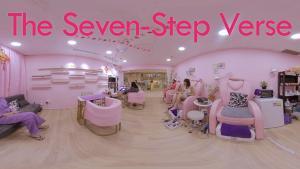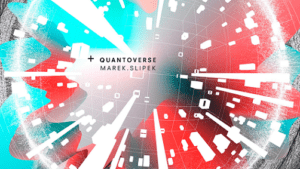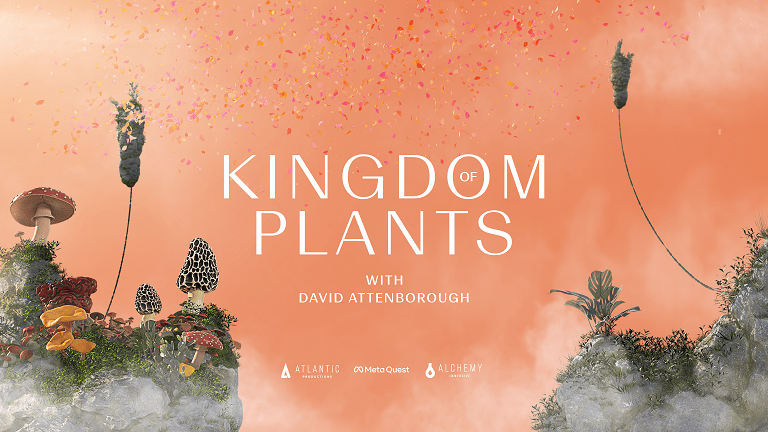
FIVARS Fall 2022 Spotlight: Kingdom of Plants with David Attenborough
Welcome to a strange and dangerous world: the Kingdom of Plants. For the first time, immerse yourself in the otherwise hidden lives of plants in Virtual Reality. Follow David Attenborough deep into this savage world and witness together the desperate battles, the beauty, and the sacrifices plants make to ensure the survival of their species.
Experience the world in plant time, at plant scale, through time-lapse sequences, spectacular macro cinematography, and the stunning quality 8K 3D 60fps footage. In continuation of the landmark TV production David Attenborough’s Kingdom of Plants, comes this breathtaking three-part immersive series that reveals the perils and drama of the plant world. FIVARS had a chance to speak with director Iona McEwan.
What lead to the creation of this piece?
 We wanted to show how plants are living creatures by letting you experience the kingdom at plant scale, in plant time. We wanted audiences to witness their struggle and fight to survive, even when at their most beautiful. We felt it was important in the current context of climate change.
We wanted to show how plants are living creatures by letting you experience the kingdom at plant scale, in plant time. We wanted audiences to witness their struggle and fight to survive, even when at their most beautiful. We felt it was important in the current context of climate change.
The original series was developed with Kew Gardens, a stone’s throw from Attenborough’s home. This facilitated easy access throughout the year, vital as we captured how plants changed and evolved over that time.
In creating this VR docuseries, we wanted to explore ways of bringing macro timelapse into Virtual Reality which would create a whole new sense of proximity and intimacy: as if you’re sat inside a flower.
We also wanted to show that there are multiple roles within the Kingdom of Plants so we thought about how our narrative could break these down and portray how essential all roles are.
What was the production process for you and your team? What did you learn?
The production process was exciting yet challenging as we designed interdisciplinary and innovative workflows across all stages of the project. We made breakthroughs in macro-stereoscopic camera optics, engineered new VFX pipelines, and developed a new approach to spatial sound design.
High-fidelity visuals are an essential component of immersion. 180° cameras can’t capture high-quality stereo macro timelapse footage, so we adapted traditional cinematography methods to record the plant world. The team used customized single cameras on robotic rigs to capture high-resolution macroscopic footage of plants and their behaviors at 60fps.
We then translated this 3D rectilinear footage, shot a decade earlier for broadcast TV, into 180° using a custom ‘set extension’ software developed by Tim Baier. The challenge was preserving the 3D depth and correct stereo disparity while avoiding distortion. We used chromatic aberrations and surreal effects to surround viewers by the plants. We also had to account for the varying paces plants live their lives, from trees to venus flytraps, and adjust the time-lapse speed.
The plant world also has visitors who live life at our pace. To meet the pests of the plant kingdom, we used a customized RED camera setup. On occasion we were showing an insect in plant time with timelapse; we had to repaint the insect legs to create comfortable stereo as the bugs moved faster than the timelapse robot, e.g. frantic bugs being suffocated by a vicious sundew.
In the real world, we cannot hear plants. Working with industry leader 1.618 Digital, we had to design a crackling, popping, growing sonic universe, inspired by academic research on plant sounds. We leveraged spatial audio resolution of 3rd Order Ambisonics (16 channels) combined with an embedded head-locked stereo (2 channels) to engulf audiences and inspire them with David Attenborough’s powerful narration and dynamic score.
The set design for the intro sequence was really important to bring viewers into this strange and surreal setting of the plant world. We wanted to create a magical effect and show off what VR does best.
These innovative and interdisciplinary workflows allowed us to achieve unprecedented quality in virtual reality. We were able to achieve total immersion thanks to high-fidelity visuals, and comfortable stereo and spatial audio while also maintaining the digital legacy of our broadcast TV production, shot at Kew Gardens over a decade ago, written and presented by David Attenborough, Natural History legend.
How did you become an immersive media content creator and why?
I got into media content creation, through IT and Tech at Atlantic Productions, the parent company of Alchemy Immersive. I was lucky in that this opportunity allowed a blend of skills, both creative and technical, were ripe for this field. I really enjoy the more interactive side of Immersive Media, being part of a story. I like how we make the rules as we go along and how there are endless ways of engaging people in stories. It’s important for me to bring new stories to audiences and find innovative ways of presenting crucial topics, such as the importance of plant life!
At Alchemy, we use the most exciting technical innovations such as AR, VR, MR, and even AI, to create compelling cross-platform content that can be distributed globally. Our world-class immersive storytelling was recognized by the first-ever BAFTA awarded for Virtual Reality.
Building on Broadcast TV resources, we are always trying to figure out new, interesting ways to document stories, and using next-generation technologies are fundamental to our process.
What is the VR/AR industry like in your region?
Here in the UK, there’s a very strong scene with lots of interesting creators around and government interest too. It does feel like UK talent has been at the forefront and it’s definitely an interesting place to be working in.
What do you have planned for the future?
Alchemy have been working on a new project in the Emmy-nominated Attenborough series, so look out for that release soon!
Personally, I’ve been exploring different forms of interactive content, as well as VR video.
What would you like to share with fellow content creators and/or the industry?
I want to thank fellow creators for the variety of interesting work they put out. I love seeing how people bring different perspectives and methodologies into the industry.
Do you think VR festivals like FIVARS are important?
VR can feel like a very small bubble so it’s critical that we get out and meet other creators and get new perspectives. I often have questions that are hard to google; festivals are helpful ways of interacting with other creators and expanding your horizon.
I do think distribution is a big issue in the VR industry, so festivals are also a great place to see what’s out there and showcase what you’ve been working on.

